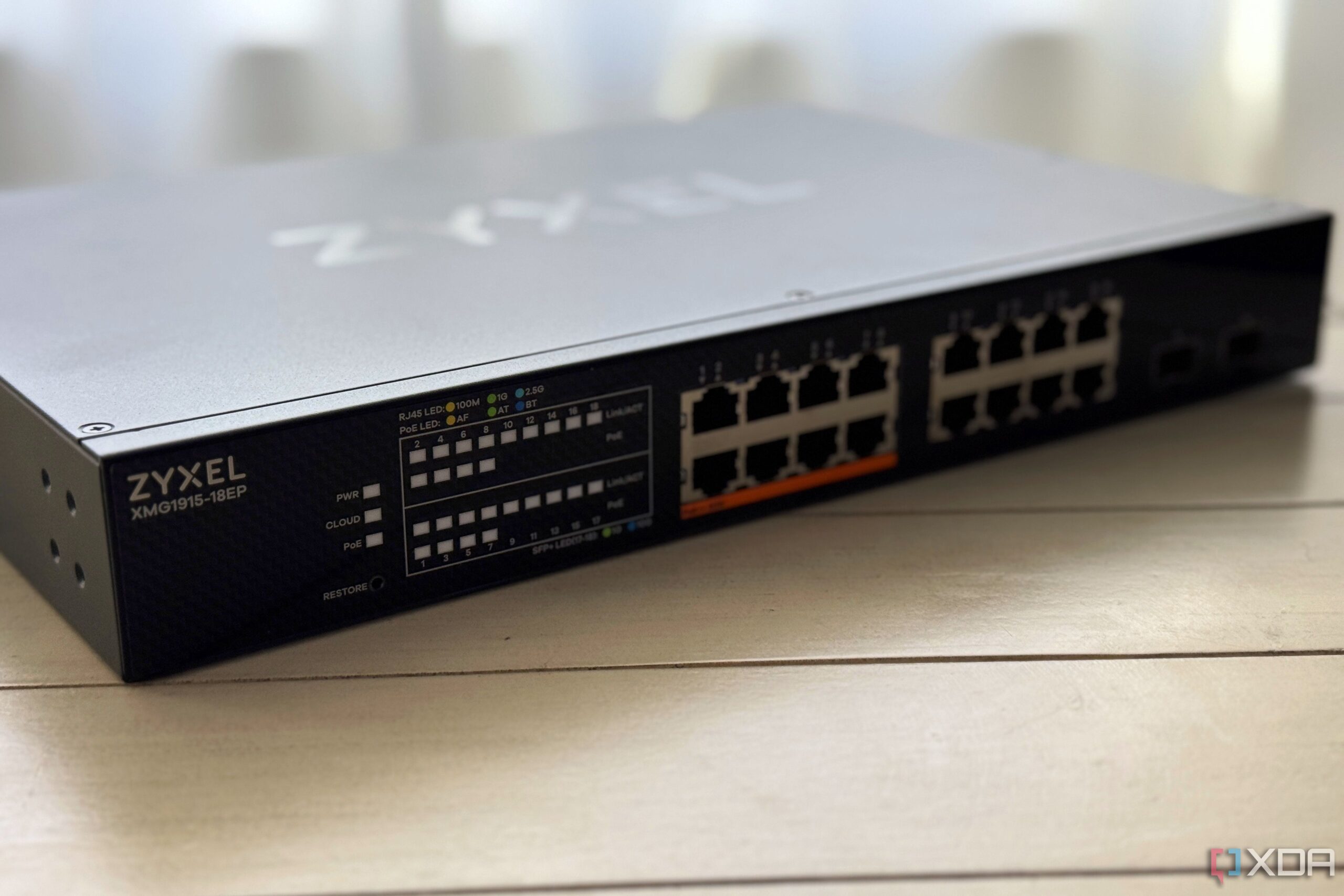Top Stories
Ensure Safety: Choose Pure Copper for Your PoE Network

As more households transition to smart home technologies, many are opting for Power-over-Ethernet (PoE) to streamline connectivity and power delivery. However, an important aspect often overlooked during installation is the choice of cabling. Specific material types can significantly impact both safety and performance, particularly the distinction between pure copper cables and copper-clad aluminum (CCA) alternatives.
Understanding the Risks of CCA Cabling
When constructing a wired network, especially one that delivers power, the quality of the cable is paramount. While the costs associated with tools, installation, and repairs can quickly escalate, it is crucial not to compromise on the type of cable used. Pure copper cables should be the standard choice, as CCA cables pose serious safety hazards.
CCA cables have a higher electrical resistance, being approximately 55% more resistant than their pure copper counterparts. This increased resistance can lead to overheating, especially in applications where power delivery may exceed 30W. With the IEEE now allowing PoE devices to draw up to 95W, the risk of overheating becomes even more pronounced. This could not only damage the devices but also create potential fire hazards.
As outlined by the National Electrical Code and TIA standards, CCA cables are often prohibited in many buildings due to safety concerns. These cables lack the necessary flame-retardant properties, increasing the risk of fires and toxic smoke in case of overheating incidents.
Identifying Quality Cables
When selecting network cables, it is vital to be cautious of misleading labeling. CCA cables may appear similar to pure copper options, featuring identical sheathing and certification marks. However, the price often serves as a tell-tale sign. Pure copper cables have consistent pricing due to stable raw material costs, whereas significantly cheaper cables may indicate inferior quality or counterfeit products.
Purchasing low-cost cables can lead to a range of problems, including poor signal quality and increased likelihood of hardware failure. Any imbalance in current across the twisted pairs can distort data signals, leading to errors, data retransmissions, and even loss of power delivery during operation. Troubleshooting these issues can prove frustrating and costly, emphasizing the importance of investing in quality cabling from the outset.
Even if CCA cables claim to meet certain standards, the reality is often different. These cables can result in higher heat generation, which not only affects performance but also risks damaging the network infrastructure.
In summary, while the temptation to choose cheaper cabling might seem financially prudent, the long-term implications far outweigh the initial savings. Ensuring that only pure copper twisted-pair cabling is installed will safeguard your network’s integrity and your home’s safety. Avoid CCA cables at all costs to maintain a reliable and secure smart home environment.
-

 Lifestyle5 months ago
Lifestyle5 months agoLibraries Challenge Rising E-Book Costs Amid Growing Demand
-

 Sports4 months ago
Sports4 months agoTyreek Hill Responds to Tua Tagovailoa’s Comments on Team Dynamics
-

 Sports4 months ago
Sports4 months agoLiverpool Secures Agreement to Sign Young Striker Will Wright
-

 Lifestyle4 months ago
Lifestyle4 months agoSave Your Split Tomatoes: Expert Tips for Gardeners
-

 Lifestyle4 months ago
Lifestyle4 months agoPrincess Beatrice’s Daughter Athena Joins Siblings at London Parade
-

 Science4 months ago
Science4 months agoSan Francisco Hosts Unique Contest to Identify “Performative Males”
-

 World4 months ago
World4 months agoWinter Storms Lash New South Wales with Snow, Flood Risks
-

 Science5 months ago
Science5 months agoTrump Administration Moves to Repeal Key Climate Regulation
-

 Business5 months ago
Business5 months agoSoFi Technologies Shares Slip 2% Following Insider Stock Sale
-

 Science5 months ago
Science5 months agoNew Tool Reveals Link Between Horse Coat Condition and Parasites
-

 Sports4 months ago
Sports4 months agoElon Musk Sculpture Travels From Utah to Yosemite National Park
-

 Science5 months ago
Science5 months agoNew Study Confirms Humans Transported Stonehenge Bluestones









